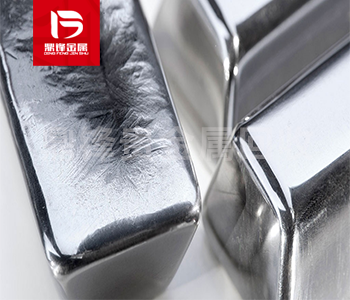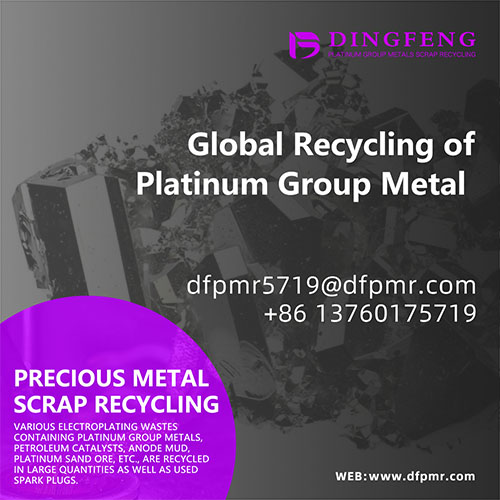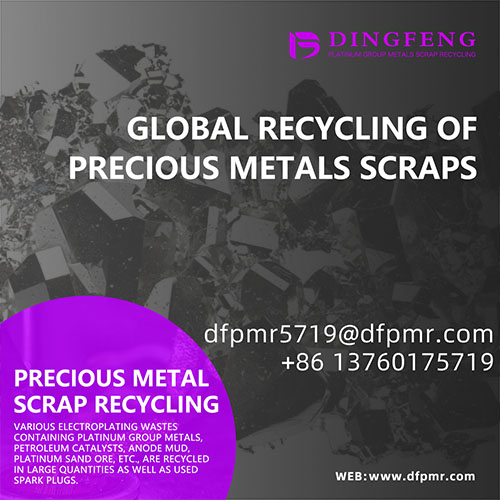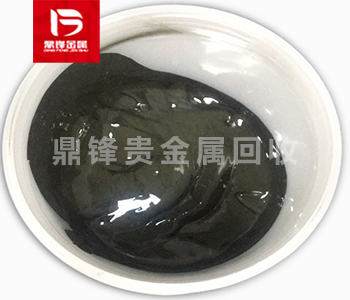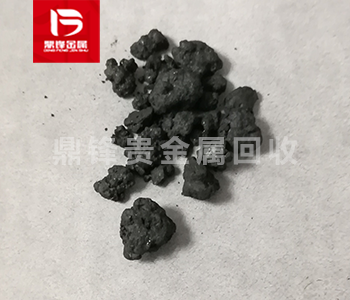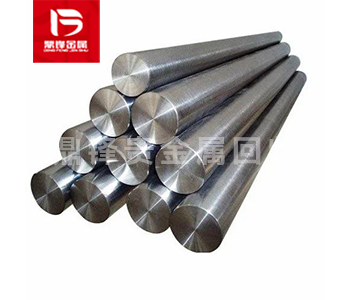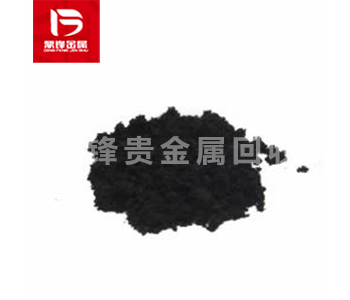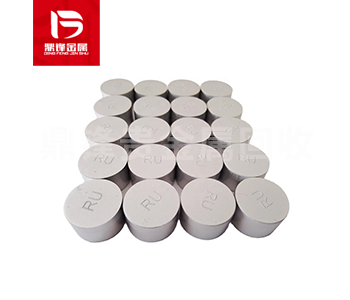Ruthenium recovery_ Advantages and Challenges of Ruthenium Catalysts in the Field of Catalysts
The use of catalysts has brought revolutionary changes to many industries, from petrochemicals and pharmaceuticals to fine chemicals and materials science. A catalyst is a substance that accelerates c
The use of catalysts has brought revolutionary changes to many industries, from petrochemicals and pharmaceuticals to fine chemicals and materials science. A catalyst is a substance that accelerates chemical reactions without consumption, usually achieved by reducing the activation energy required for the reaction to occur. One of the most promising and widely used catalysts is ruthenium catalyst, which has attracted great attention in recent years due to its excellent performance and application prospects.
Ruthenium is a Platinum group (PGMS), which also includes platinum, palladium, rhodium, iridium and osmium. Due to their electronic structure and d-orbital electrons, these metals have similar chemical and physical properties, such as high melting point, density, and catalytic activity. Ruthenium is a rare and expensive metal with an annual global production of approximately 40 tons, mainly from South Africa and Russia. However, its unique characteristics demonstrate that it can be used as a catalyst for various reactions and processes.
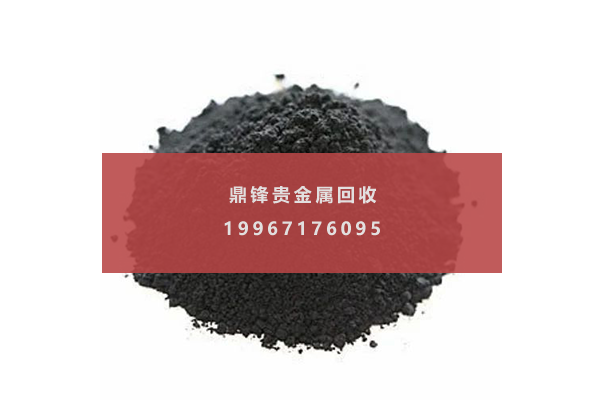
Advantages of Ruthenium Catalysts:
1. One of the main advantages of ruthenium catalysts is their selectivity for specific reactions and products. Ruthenium has a series of Oxidation state from -2 to+8, which enables it to participate in different types of reactions, such as hydrogenation, dehydrogenation, oxidation, reduction and coupling. In addition, ruthenium catalysts can usually distinguish different functional groups and substrates to obtain the required products with high yield and purity. For example, in the hydrogenation reaction of olefins or aromatics, ruthenium catalysts tend to exhibit cis or trans isomers, depending on the ligands and conditions involved. Similarly, in the cross coupling of aryl halides with organic metals, ruthenium catalysts can promote the formation of C-C or C-N bonds, depending on the choice of ligands and solvents.
2. Another advantage of ruthenium catalysts is their tolerance to various functional groups and heteroatoms. Unlike some other transition metal catalysts, such as palladium or nickel, which can be inhibited or deactivated by certain functional groups such as acids, amines, or sulfur, ruthenium catalysts often work in the presence of these groups, which is particularly useful in complex or multi-step reactions. For example, ruthenium catalysts have been used in the synthesis of Natural product, medicines and agricultural chemicals, in which common functional groups such as esters, amides, halides or heterocycles exist. In some cases, ruthenium catalysts can even promote selective cleavage of certain bonds, leading to unusual or unexpected products.
3. The third advantage of ruthenium catalysts is their versatility in ligand design and coordination methods. Ruthenium can accommodate a wide range of ligands, from simple monodentate or bidentate ligands such as phosphine or N-heterocyclic carbenes, to more complex or chiral ligands such as amino acids, biphenyls, or chiral phosphines. These ligands can regulate the electronic, spatial, and kinetic properties of the catalyst, thereby improving activity, enantioselectivity, or stability. In addition, ruthenium can form various coordination modes, such as η 1 η 2 η 3 η 4 or η 5. This depends on the number and type of ligands connected to the metal center. The diversity of this coordination mode can lead to different reactivity and selectivity distributions, depending on the properties of the reaction and substrate.
4. Ruthenium catalysts have a wide range of applications and involve a wide range of fields and processes. For example, ruthenium catalysts have been used in the industrial production of Fine chemical and polymers, such as nylon, polyester or polyethylene. Hydrogenation of benzene to cyclohexane is one of the landmark reactions in the Petrochemistry industry. Compared with other PGM or non PGMS, ruthenium catalysts show high activity and selectivity in this reaction. Ruthenium catalysts are also used to synthesize bioactive molecules, such as drugs, imaging agents, or catalysts themselves. G Ru BS and Hoveyda G Ru BS Ru catalysts are the most famous examples, because they promote the development of olefin Disproportionation reaction, which is a multifunctional and powerful chemical synthesis method.
5. Other examples of ruthenium catalyzed reactions include Transfer hydrogenation of ketones and aldehydes, dehydrogenation of alcohols and amines, epoxidation of olefins, oxidation of alcohols, and reductive amination of carbonyl compounds. The use of ruthenium catalysts has also expanded to the fields of renewable energy and sustainable development, as they can promote the conversion of biomass, carbon dioxide, and other renewable raw materials into valuable chemicals and fuels. Ruthenium catalysts have shown good application prospects in the hydrogenation of carbon dioxide to formate, the photoreduction of carbon dioxide to methanol, and the depolymerization of lignin to aromatic compounds.
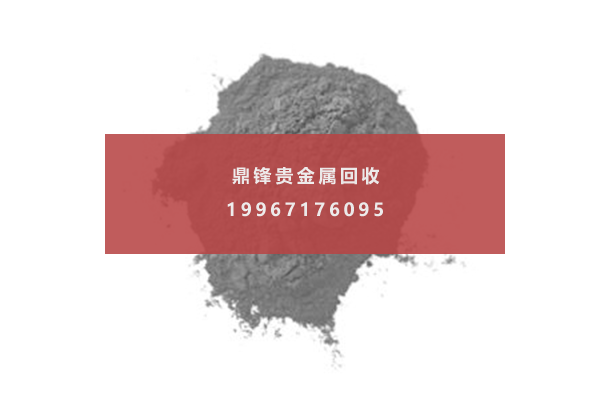
The challenges faced by ruthenium catalysts in the field of catalysis:
Although ruthenium catalysts have many advantages, there are also some challenges and limitations in using them. One of the main issues is the cost and availability of ruthenium, which may affect the scalability and economic feasibility of some reactions. Therefore, efforts are being made to develop more effective and sustainable methods for synthesizing and recovering ruthenium catalysts, such as using cheaper ligands or immobilizing catalysts on solid supports. Another challenge is the toxicity and environmental impact of some ruthenium complexes, which may pose risks to human health and ecosystems. Therefore, when designing and selecting ruthenium catalysts, their toxicity distribution and potential environmental impact should be considered.
The use of ruthenium catalysts represents a promising and exciting field in the field of catalysts. Ruthenium catalysts have significant selectivity, tolerance, and versatility, making them suitable for a wide range of reactions and applications in fine chemicals, bioactive molecules, renewable energy, and sustainable development. Developing more effective and sustainable methods for synthesizing and recovering ruthenium catalysts, as well as evaluating their toxicity and environmental impact, will be crucial for their further development and adoption in various industries.
&Quot; Dingfeng Precious Metals Recycling includes precious metals such as gold, silver, palladium, rhodium, platinum, germanium, iridium, ruthenium, etc. This is our business in precious metal recycling. If you have precious metals such as gold, silver, palladium, rhodium, platinum, germanium, iridium, ruthenium that need to be recycled, please contact us and we will provide you with a satisfactory price& Quot;



